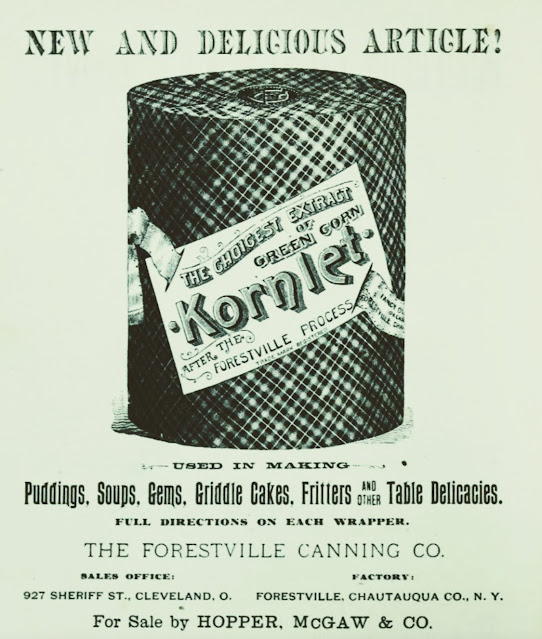
MY DEAR MR. LACY – I understand they're going to discontinue classes for grown-ups as part of our public school system. I wonder if it is consistent to bar intelligent adults from an education and force sub-normal minors to attend school, merely because they're under 16. Foolish question, isn't it?
We hear a lot of criticism about teaching cake decoration, etiquette and personal appearance in our public schools. But who knows to what vital purpose adults can put such instruction, especially in the emergency of the present crisis when readjustment and retrenchments must be faced by every family? Mary Ann's mother may find that her apprenticeship served on birthday cakes is well spent if it supports her and Mary Ann, and prevents their being forced to accept charity.
MAY GAIN PROMOTION
If she happens also to have studied personal appearance and etiquette she may land a better job. Even a hard-boiled business man isn't in sensible to the appearance of those around him and he doesn't purposely surround himself with bores.
I am especially interested in millinery and dressmaking classes at this time. Nothing lowers the morale of a good American more than shabby clothes. Fine feathers may not really make finer birds, but at least they make the birds feel better. When a mother finds herself and her children running down at the heel, she becomes discontented and starts nagging, thereby still further lowering the morale of the husband and father.
PRODIGAL SPENDERS
We have been prodigal spenders, we all have old hats, old materials that could be made over if we knew how, but we won't wear them as they are and we wouldn't wear them as they would look if we fixed them up in our amateurish way.
We can take them to an adult class and with the expert help we get there, renovate cast-off clothing into something useful, either for ourselves or for others less fortunate.The old adage about the devil and idle hands comes to my mind. Not alone are old clothes restored, but so are women’s spirits who attend these classes. They have created. They are useful and busy and contented.
EDUCATION ESSENTIAL
In order to better serve our homes, our community, our state, we adults need more opportunities for education, not less.
Who among us can draw the fine distinction between the useless subject and the used?
Sincerely,
E. J., a mother whose education will never end. – By James Samuel Lacy, 1933



















